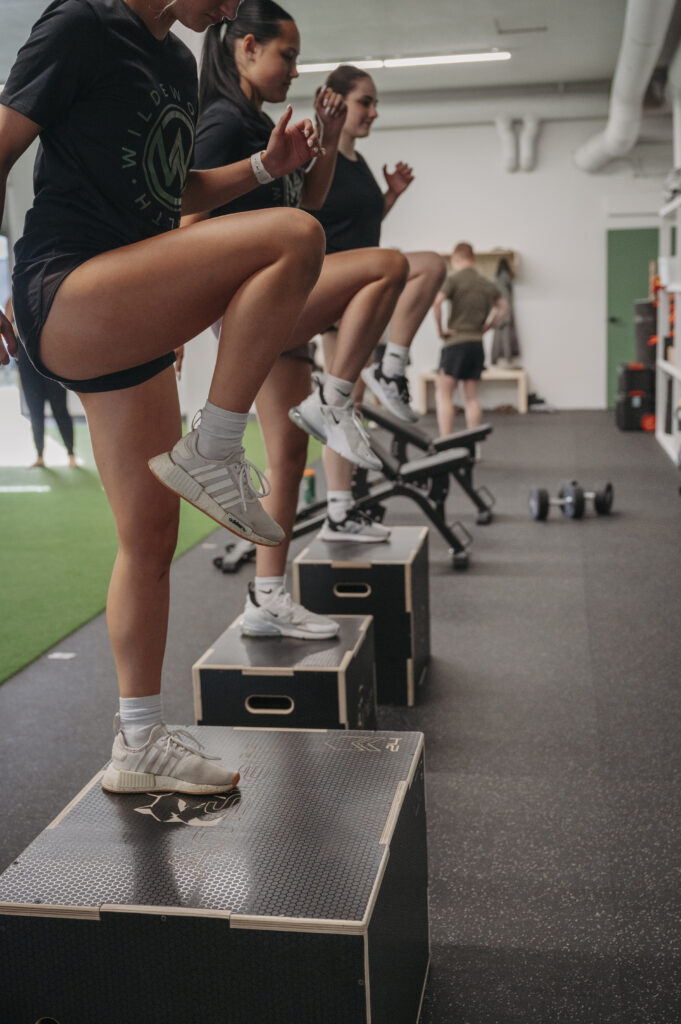Preventative Physiotherapy is an essential aspect of maintaining physical health, particularly for those who lead active lifestyles. It involves a range of techniques aimed at reducing the risk of injury, ensuring that muscles, joints, and tendons are in optimal condition to handle the stresses and strains of daily activities and exercise. By incorporating preventative physiotherapy into your routine, you can significantly lower the likelihood of experiencing common injuries. Here are some key techniques and strategies to consider:
1. Warm Up and Cool Down Routines
One of the most straightforward yet effective preventative measures is to always include warm-up and cool-down sessions in your exercise regimen. Warming up prepares the body for physical activity by gradually increasing heart rate and blood flow to the muscles. This can include dynamic stretches, light jogging, or specific movements related to the exercise you’re about to perform. Cooling down, on the other hand, helps to gradually reduce the heart rate and stretch the muscles, which can prevent stiffness and soreness. Activities like slow walking and static stretching are ideal for cool-downs.

2. Strength Training
Strength Training is not just about building muscle mass; it’s also crucial for injury prevention. By strengthening the muscles, tendons, and ligaments, you provide better support and stability to the joints, reducing the risk of strains and sprains. Focus on balanced muscle development to avoid imbalances that can lead to injuries. Include exercises that target the core, as a strong core supports the spine and reduces the risk of back injuries. It’s also beneficial to work on both the major muscle groups and the smaller stabilizing muscles.
3. Flexibility and Mobility Exercises
Flexibility and Mobility are key components of injury prevention. Tight muscles and limited joint mobility can increase the risk of injuries during physical activities. Incorporate regular stretching and mobility exercises into your routine to maintain and improve the range of motion. Yoga and Pilates are excellent practices that enhance flexibility and promote overall body awareness and control.
4. Proper Technique and Form
Using proper technique and form during physical activities and exercises is essential to prevent injuries. Incorrect form can place undue stress on muscles and joints, leading to strains and overuse injuries. Consider working with a physiotherapist or a certified trainer to learn the correct techniques for your activities. They can provide personalized guidance and adjustments to ensure you’re performing exercises safely and effectively.
5. Gradual Progression
One common cause of injuries is progressing too quickly in intensity, duration, or frequency of exercise. Gradual progression allows your body to adapt to increased demands without overwhelming it. Follow the 10% rule: increase your exercise intensity, duration, or volume by no more than 10% per week. This slow and steady approach helps prevent overuse injuries and allows your body to build strength and resilience.
6. Regular Physiotherapy Assessments
Even if you’re not currently injured, regular assessments by a physiotherapist can be invaluable. A physiotherapist can identify potential issues before they become problematic, such as muscle imbalances, postural deviations, or early signs of overuse injuries. They can then provide targeted interventions, such as specific exercises, stretches, or manual therapy, to address these issues and keep you on track.
7. Cross-Training
Incorporating a variety of activities into your exercise routine, known as cross-training, can help prevent overuse injuries by distributing the stress placed on different muscle groups. For instance, if you’re a runner, incorporating swimming or cycling can give your running muscles a break while still maintaining your fitness level. Cross-training also helps in improving overall conditioning and reducing the risk of repetitive strain injuries.
8. Proper Footwear and Equipment
Using the right footwear and equipment is crucial for injury prevention. Shoes that provide adequate support and cushioning can prevent foot and ankle injuries, while the right equipment can ensure you perform activities safely. Replace worn-out shoes and equipment regularly to maintain their protective qualities.

In conclusion, Preventative Physiotherapy encompasses a holistic approach to maintaining physical health and preventing injuries. By integrating these techniques into your lifestyle, you can enjoy a more active and pain-free life. Regular warm-ups and cool-downs, strength and flexibility training, proper technique, gradual progression, physiotherapy assessments, cross-training, and appropriate equipment are all integral parts of an effective injury prevention strategy. Stay proactive about your health to avoid common injuries and enjoy long-term well-being.






